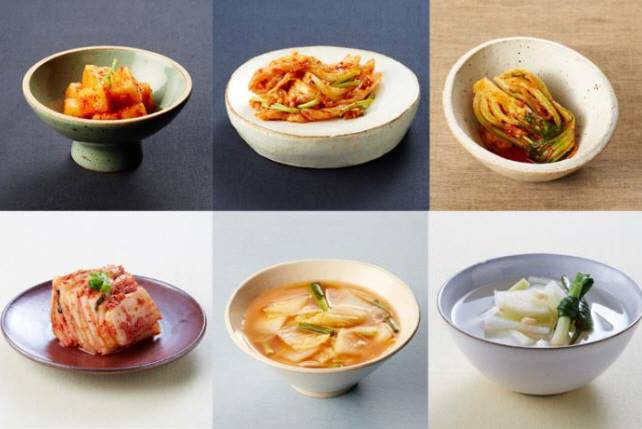Oyster
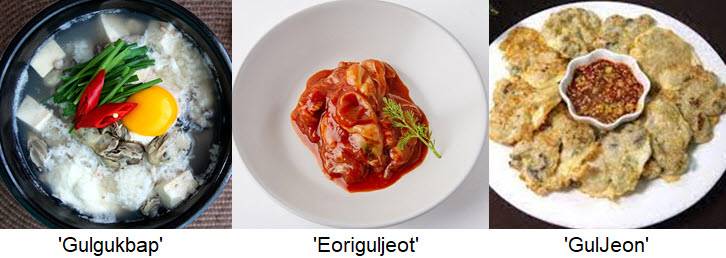
January is often deemed
the best time of year to eat oysters in Korea.
“As the temperature
drops, the meat inside the oyster shells fills up along with plenty of
glycogen, which makes oysters during the coldest month, often January, the
tastiest and nutrient-rich,” said researcher the 'National Institute of
Fisheries Science'.
In Korea, there are
various oyster dishes.
: 'Gulgukbap',
'Eoriguljeot', 'GulJeon' and 'Raw Oyster with spicy sauce'...
'Gulgukbap', which translates to oyster rice
soup, is one of Korea’s beloved wintertime dishes. It often served while still
actively boiling inside an earthenware bowl.
'Gulgukbap' is served
with small pieces of tofu, seaweed, chives and radish. But the oysters are the main ingredient of the dish.
Oysters are also made
into salty side dish called 'Eoriguljeot'. It is salted oysters that have been
fermented for around three days.
'GulJeon' is a
pan-fried food with various vegetables.
Oysters may be a luxury reserved for special occasions in some parts of the world, but in Korea during wintertime, it is oyster galore.
Seafood restaurants
serve mountains of oysters on a steamer.
Oysters are comparatively much cheaper in Korea than in other regions, especially the United States and Europe.
One oyster costs around 24 cents to 40 cents in Korea, while it costs about 2 dollars in the U.S. and about 9 dollars
in France.
The reason for this
price disparity, according to 2019 data from the 'OECD', is that Korea is the
world’s second-largest producer of oysters following China. 'The Korean
Statistical Information Service' reported that the country produced 305,914 tons
worth of oysters in 2021. This number takes into account only farmed oysters
and does not include wild ones.
Farmed oysters tend to grow faster and larger than wild oysters and have slightly less of a briny flavor. Of the nearly 306,000 tons of Korea's harvested oysters, 86 percent come from seaside cities in province 'South Gyeongsang' such as 'Tongyeong', 'Geoje' and 'Goseong', according to the 'Korea Maritime Institute'.
The parts of the ocean where the oyster farms are set up are nationally protected from pollution.
Some 40 to 70 percent
of homegrown oysters get exported annually, mainly to Japan and the United
States, the 'Korea Agro-Fisheries Trade Corporation' reported.
But because of its large overall production, Korea has been able to incorporate oysters into many of its own dishes in the winter.



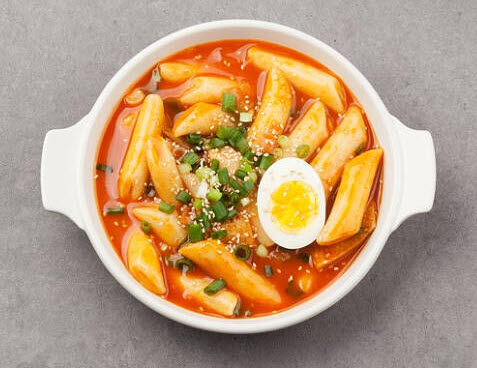
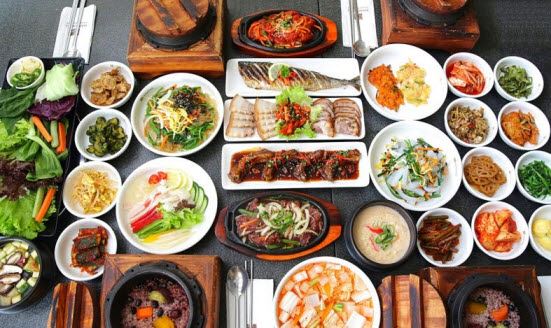
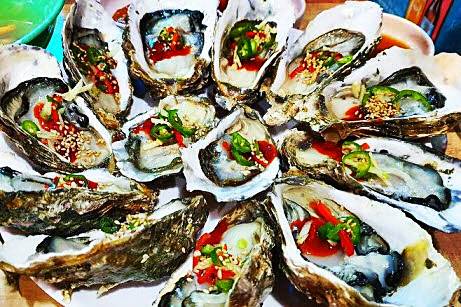


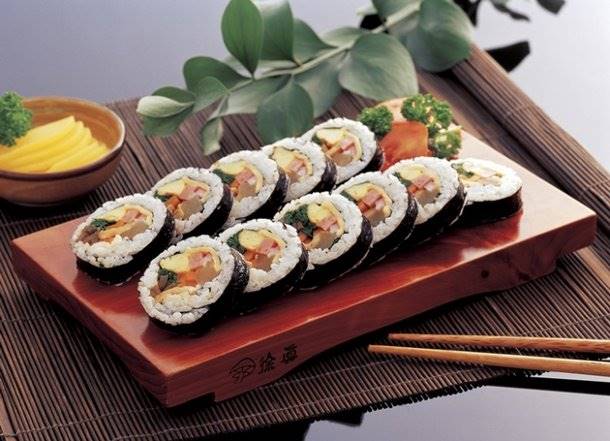
.jpg)
